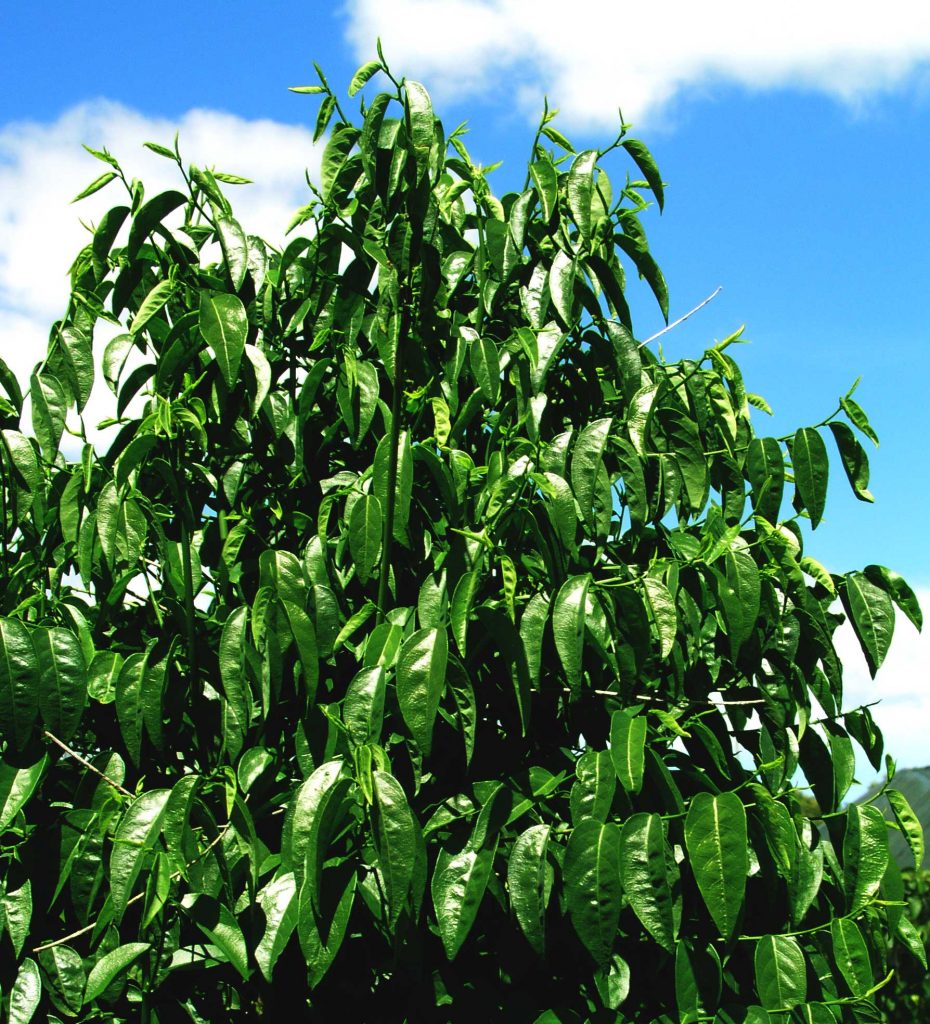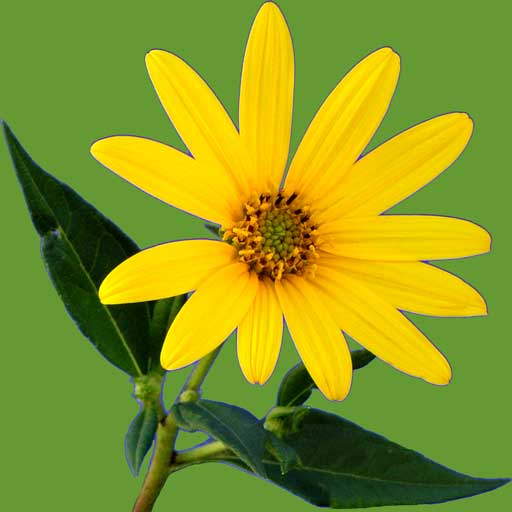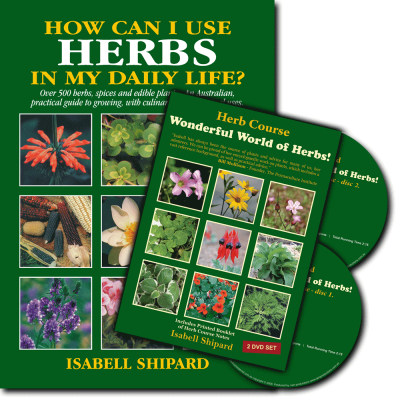Tropical Asparagus, Chang Kok, Manis, Katuk
Sauropus androgynus F. Euphorbiaceae
Description
Sweet leaf is one of the most popular, leaf vegetables from India to Malaysia. It merits attention and cultivation in Australia, as it is one of the most prolific, heavy yielding, nutritious and appetising green leaves. In research trials in Malaysia, sweet leaf yields per hectare, surpassed all other greens.

The bush has upright, multiple stems 1-21/2 metres high; dark-green, oval-shaped leaves 5-6cm long. Flat, round, orange/red flowers 1-2cm across, form in the leaf axils. In tropical climates, a capsule forms, with small, black seeds. We have experienced, in our sub-tropical conditions; the bush thrives, flowers, but does not set seed.
… … omitted text, please see How can I use HERBS in my daily life? for full text.
Constituents:
papaverine, protein 49%, fibre 14-18%
Vitamins:
A, B, C
Minerals:
potassium content is 2.77% (comparison with dried banana 1.48%); calcium 2.77% (dried skim milk is 1.3%); phosphorus .61% (dried soybeans are .55%); magnesium .55%; iron 199pmm
Actions:
tonic, antioxidant, febrifuge
Medicinal Uses
The dark-green leaves provide a rich source of chlorophyll which is a valuable blood building element, cell rejuvenator, and beneficial to the circulation, intestinal flora, and for regular bowel elimination. Any plant with high nutritional value, like sweet leaf, that helps to detoxify the body, is valuable in our daily diet. It is a very good source of potassium, a mineral that has many health benefits. An infusion made of the leaves, is used as a poultice to treat fevers and ulcers. A folk remedy for snoring and teeth grinding during sleep, is to eat sweet leaf regularly, as a food, in soups and other dishes. Perhaps, this bush could be advertised, as a marriage saver! Research done for the Mayaguez Institute of Tropical Agriculture, by F.W. Martin and R.M. Ruberte in ‘Edible leaves of the tropics’ mention that if sweet leaf is eaten in large quantities, pain may be experienced in the limbs. In Malaysia, there have been occasional reports of headaches from heavy consumption, but no detail of what heavy consumption might mean. I know of no one who has suffered adverse effects. Several people who thoroughly enjoy eating the leaves say they eat 2 handfuls of leaves a day without ever experiencing any side effects. All things in moderation is a good motto, and a handful of leaves a day is considered a good source of greens and not to cause adverse reactions. Sweet leaf has featured in weight control diets.
Culinary Uses
In East Asia, bushes are often planted close together to form a food hedge around houses, and with regular cutting for eating, the hedge is well maintained. As the leaves taste like fresh green peas, with a nutty flavour, they are popular with everyone who samples them.
Pick the leaflets and eat them fresh in hand in the garden. Add leaves to sandwiches, tossed salads, curries, meat, rice and curry dishes, scrambled eggs, omelettes, dips, pickles, casseroles, stir-fries and use as a garnish. The rich green, of the leaves, is used to colour foods green. A tasty, treat is made by frying leaves in hot butter or oil for a few seconds, which makes them crisp and nutty. Try the leaves mixed in a tempura batter and deep fried. When adding to cooked dishes, I prefer to toss leaves in at the last minute of cooking, so that the leaves keep their lush green colour. Sweet leaf is my favourite greens. It is popular with children who are finicky with greens and vegetables.
People seeking a non-meat protein with a rich source of vitamins, minerals and fibre, will find that the growing and regular use of sweet leaf will provide a supply of tasty leaves of high nutritional value. Several people have shared with me that eating sweet leaf as a protein source for a meal makes them feel satisfied and light, not heavy like after a meal of meat. The plant is a valuable survival food.


